New Zealand is a fantastic country with something to please every type of traveler, from culture and wine enthusiasts to rugged outdoor adventurers. No matter what financial or time budget you are working with, your trip will be amazing. Below are some tips and information to help you plan a trip to New Zealand.
Getting to New Zealand
International flights generally arrive in Auckland, a beautiful city on the water on the North Island, from which you can catch a short connecting flight to other parts of the country.
If you’re coming from the United States, you’ll lose two calendar days traveling to New Zealand (thanks to crossing the International Date Line), so if you leave on a Tuesday you’ll arrive on Thursday. Count on a ~12-hour flight from San Francisco or Los Angeles, leaving in the late evening and arriving early in the morning two days later. You gain one of those days back on your return to the US.
Activities
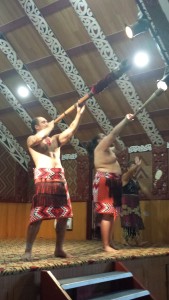
New Zealand is known for its stunning scenery, outdoor activities, and, of course, for being the filming location for the Lord of the Rings and Hobbit movies. Both islands feature plentiful opportunities for getting out and about, including camping, walking/hiking, kayaking, horseback riding, surfing and other water sports, wine tasting, arts and cultural participation, wildlife viewing, and mountain biking. You’ll also have plenty of chances to buy products made from New Zealand wool, which are worth their rather pricey fee.
Take some time on the North Island to visit Hobbiton, the geothermal wonders around Rotorua, beaches on both coasts, and at least one Maori cultural center or similar site where you can get a better appreciation of the culture of New Zealand’s native people. On New Zealand’s South Island, home to the Southern Alps, take your pick of outdoor activities, from hiking around Aoraki Mt. Cook or the Kepler Track to kayaking in the Marlborough Sounds area to hang gliding in Queenstown. I feel compelled to mention the town of Punakaiki, on the west coast of the South Island, which spoke to my soul in a way I cannot describe. Paradise. If you go there, be sure to visit the pancake rocks.
If you have time, I recommend visiting both islands. Although the South Island seems to be more popular, I think the North Island has just as much to offer. It’s also where you’ll see more evidence of Maori culture.
Trails are well-maintained by the New Zealand Department of Conservation, and there are public toilets everywhere, including port-a-potties at many trail heads. There is a fantastic network of campgrounds for people who want to camp, either in tents or in campervans.
Here’s a bit of what New Zealand’s main cities have to offer:
- Auckland (North Island) is a modern city on the water that’s a great jumping off point for the North Island as well as an interesting destination in its own right. I recommend taking a harbor cruise or a boat ride to the islands in the harbor, including volcanic Rangitoto Island—a nature reserve—and Waiheke Island, known for its wineries. Auckland also features art and history museums, the famous Sky Tower, and extinct volcanoes for a little hike.
- Wellington (North Island) is surrounded by a network of well-maintained mountain biking trails and is also the home to the Weta Workshop, the creative design and build hub of the Lord of the Rings and Hobbit films that continues to produce amazing costumes, props, weapons, and similar creations for top-billed movies. You can take a 45-minute guided tour for a “unique behind-the-scenes glimpse into the workings of Weta Workshop.”
- Christchurch (South Island) is a smaller but energetic city that is still recovering from a massive earthquake in September 2010. Don’t miss the Cardboard Cathedral, built after the original Christchurch Cathedral was severely damaged in the earthquake, and the extensive botanic gardens, both in the city center.
- Queenstown (South Island) is known as the adventure capital of New Zealand, if not the world. It’s a small place on a lake surrounded by mountains with a Park City, UT, or Telluride, CO, feel. Here you can hang glide or paraglide, sky dive, go rock climbing, skiing, canyoning, or partake in just about any non-drug-induced adrenaline rush you can think of. Activities can generally be booked just a day in advance by phone. Queenstown also has a variety of good restaurants and is very walkable.
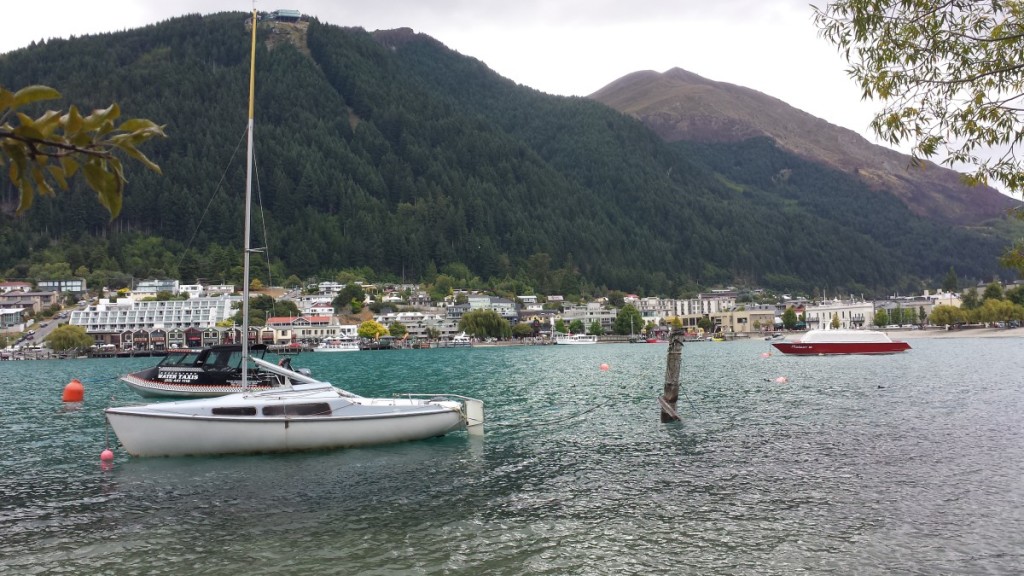
Getting Around New Zealand
If you plan to leave the big cities, the easiest way to get from place to place is by car. Renting campervans is also popular and can be a great, more-economical way to see the country. The roads are well-maintained and well-signed. Much of New Zealand is rural so be realistic in how many destinations you can hit in one day or one trip. And remember: New Zealanders drive on the left and prefer roundabouts to traffic lights!
If you’d rather not rent a car, the big cities have public transportation and there’s a decent intercity bus network, but no rail service like that in Europe. The Interislander ferry offers daily service between Wellington in the north and Picton in the south, passing through the Cook Strait. The one-way trip takes about three hours.
Many tour companies also offer day trips from big cities to popular destinations outside the city, which could be good if you prefer not to drive and/or want to base yourself in the city.
Other than the lack of rail service, New Zealand’s tourism infrastructure is fantastic. Even small towns will have at least one i-SITE visitor information center with loads of free maps (that were detailed enough to be useful), brochures, and agents who can answer questions and even book reservations (tickets, hotels, etc.) for you free of charge.
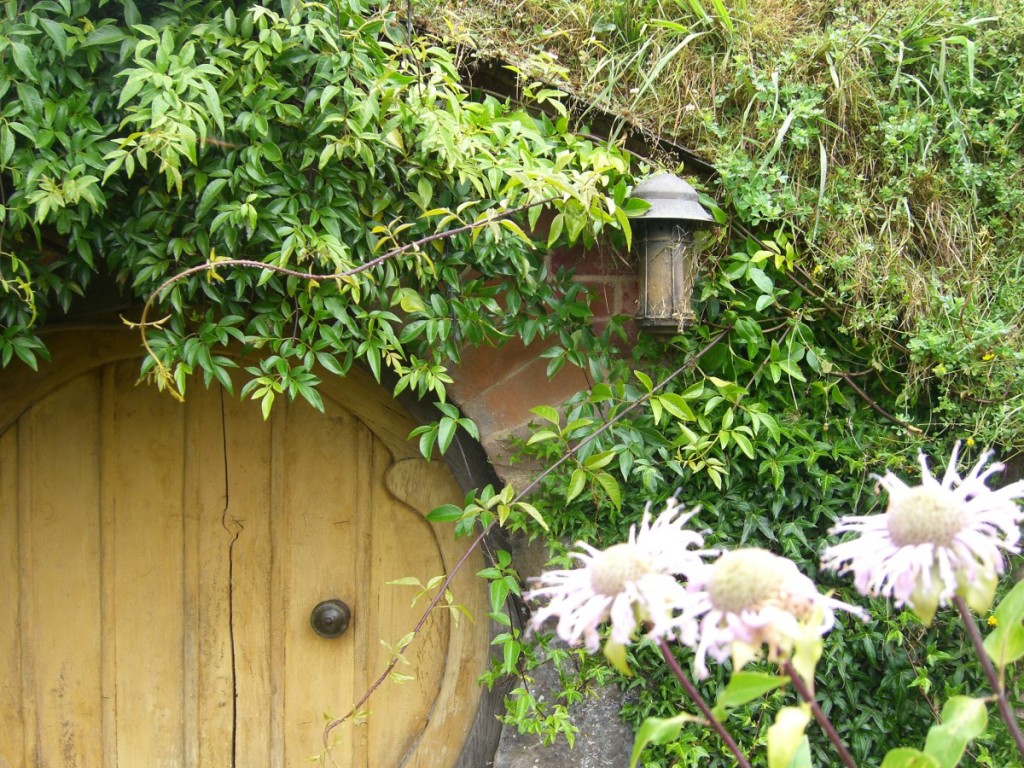
Basic Costs
Obviously how much you should budget will depend on how long you’ll be in New Zealand and what you plan to do. The summary of basic costs below is meant as a general guide only. All estimates are accurate as of today and all figures are in US dollars.
- Flights from US: Budget $1800-$2200 round/trip from the East Coast of the US, slightly less from the West Coast.
- Rental car: ~$35-$40/day for an economy (four-door Toyota Corolla or similar); be sure to ask for automatic transmission and remember they drive on the left!
- Gas: ~$7 a gallon (yes, you read that correctly)
- Food: About the same as you’d pay in the US; restaurant prices seem higher but they include tax and there’s no tipping, so it works out to be about the same
- Lodging: Ranges from $100 a night or less for a B&B/guest house/motel to much more for an upscale hotel in the middle of Auckland or Christchurch
- Activities: Prices vary greatly but generally plan to shell out some cash; some examples below:
- Hobbiton: ~$65/person (NZ$ 75)
- Maori Cultural Center in Rotorua: ~$80 (NZ$ 95)–more or less depending on what you do there
- Auckland Harbor Cruise: ~$35 (NZ$ 40)
- Auckland Sky Tower: ~$24 (NZ$ 28)
- Weta Workshop tour: ~$20 (NZ$ 24)
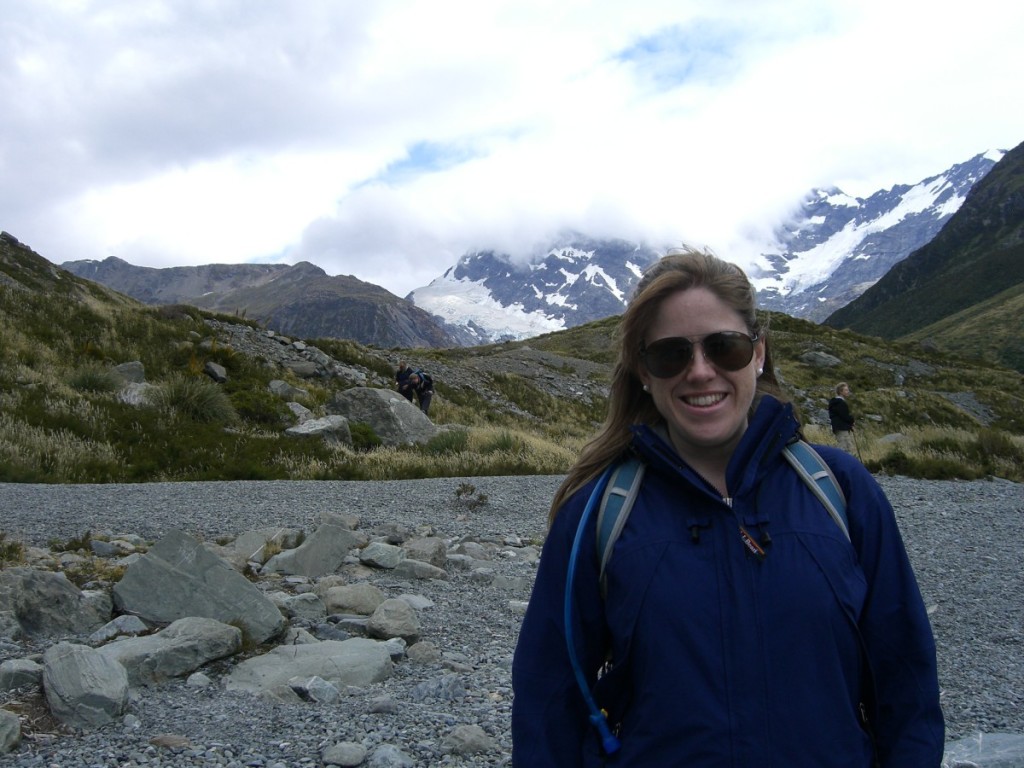
New Zealand: Conclusion
I absolutely love New Zealand and can see myself returning there over and over. It has friendly people, beautiful scenery, a culture that is both familiar and enticingly different, and a laid back “no worries” attitude. Please email me or leave a comment if you’d like more information on anything I’ve mentioned here.
Until next time, Kia Ora!


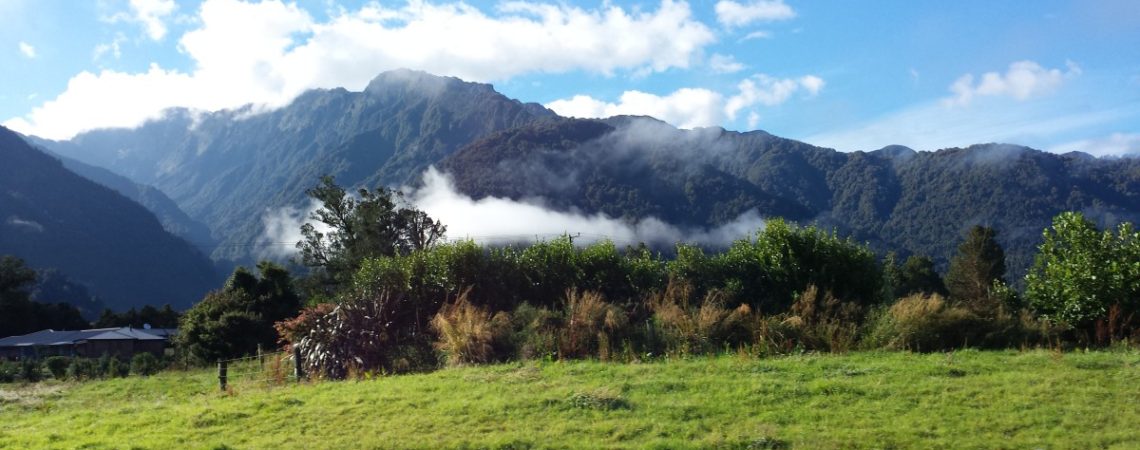




Leave a Reply